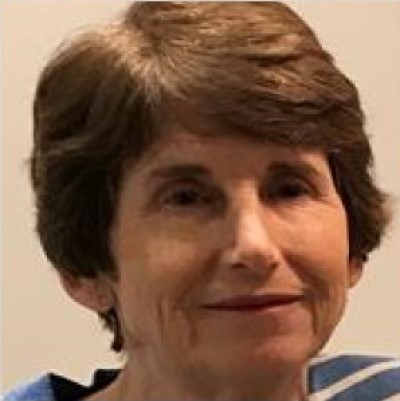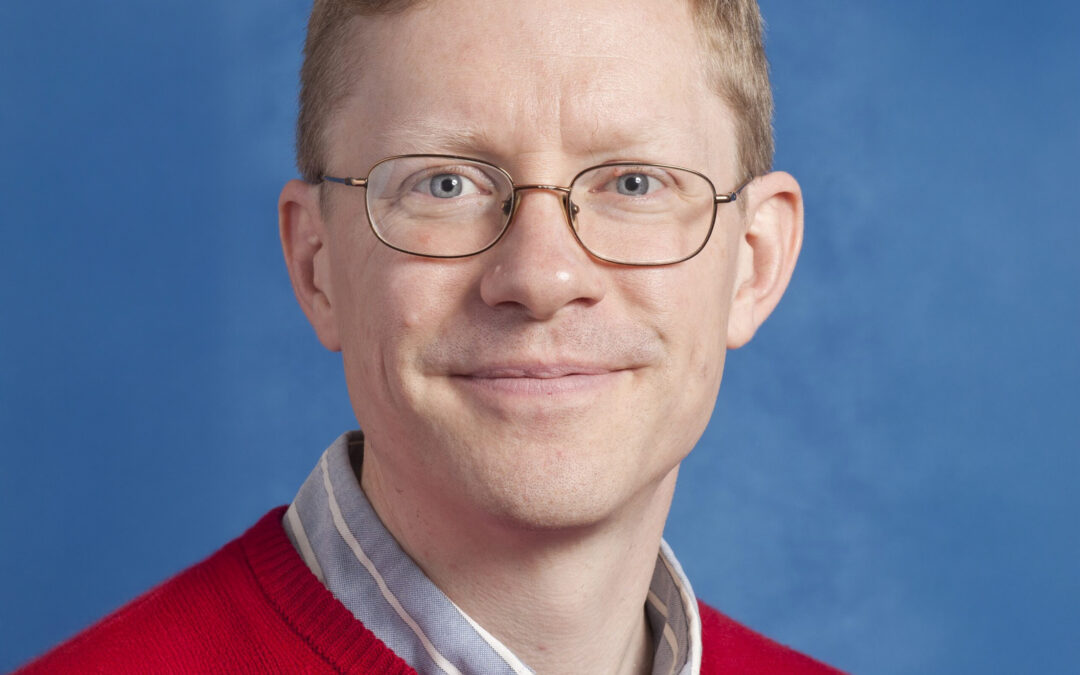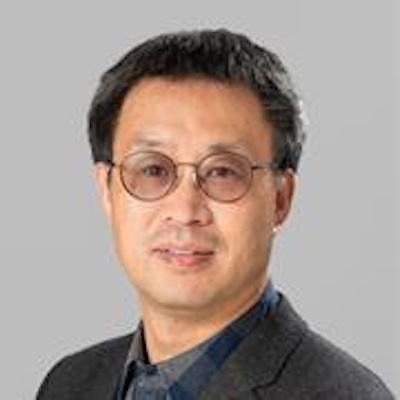
by Eamonn Boylan | Jul 9, 2024
Prof Duffy’s group develops and applies computer modelling techniques to study a range of materials and processes. Their current focus is on modelling the response of metals and semiconductors to radiation that excites electrons, such as lasers and energetic...

by Eamonn Boylan | Jul 9, 2024
Prof Bowler is a computational physicist, who develops novel electronic structure methods and works on the properties of semiconductor surfaces and nanostructures on those surfaces. He is the co-developer of the linear scaling density functional theory (DFT) code,...

by Eamonn Boylan | Jul 9, 2024
My research has all been concerned with the theory of condensed matter, with a strong emphasis on computer simulation. This really started at Harwell, where I learned how to do molecular dynamics simulation, and worked on fast ion conduction in uranium dioxide and...

by Eamonn Boylan | Jul 9, 2024
Prof Liu’s general interest concentrates on the nanometre-scale engineering of low-dimensional semiconductor structures (such as quantum dots, quantum wires, and quantum wells) by using molecular beam epitaxy and the development of novel optoelectronic devices...

by Eamonn Boylan | Jul 9, 2024
Professor Jackman heads UCL’s Diamond Electronics team whose laboratories are within the London Centre for Nanotechnology (LCN, london-nano.com) Diamond is widely known as a gemstone, with important engineering applications in electronics, detection, biosensing,...





